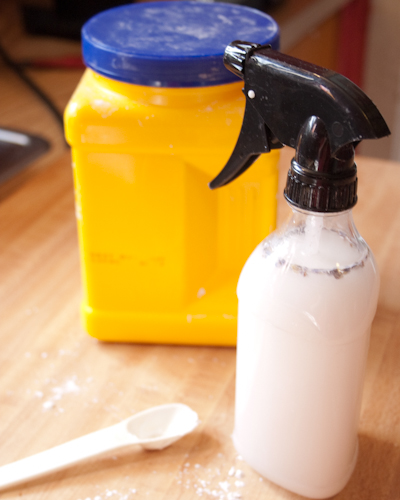
If you like the feel of spray starch, you’ll love being able to make this quick, easy, and eco-friendly version. Here’s how to make spray starch at home!
I sew a lot of jersey knit fabric, and it’s much easier to sew a skirt from an upcycled T-shirt when the T-shirt fabric doesn’t curl up all fiddly-like.
Spray starch is the solution for lightly, naturally, temporarily (and cheaply!) stiffening knit fabrics while you sew them. The spray starch will wash out in the regular wash that you put your finished project into, and will leave your jersey knit neatly and regularly stitched.
Spray starch, depending on the brand, can be quite expensive, but if you’re a regular consumer you’ll be thrilled (or horrified) to learn how to make spray starch yourself cheaply and easily.
Frankly, homemade spray starch is even better than the store-bought kind because it’s completely customizable. If you want a light starch, you can make it. If you want a heavy starch, well, you can make that, too!
Read on for how to make spray starch and options for customizing it to fit your exact sewing needs:
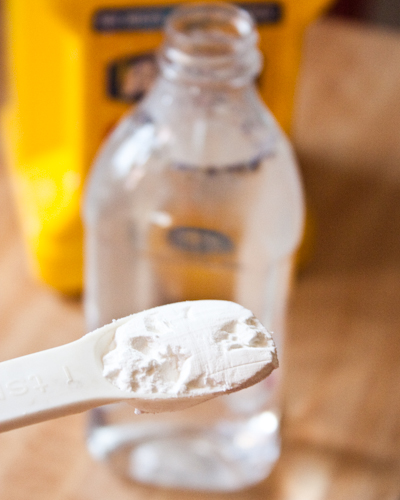
Start your recipe with plain distilled water. The water where I live is hard, and so I always worry about water stains on my pristine white fabric, so I use distilled water in my iron and for laundry recipes like these.
To each cup of water, add between one teaspoon and three teaspoons of cornstarch, depending on how stiff you’d like your spray starch to be. One teaspoon will give a very light starch, suitable for a child’s dress shirt, while three teaspoons is a heavy starch, and what I use when I’m stitching jersey knit.
This is a raw recipe, so it doesn’t require cooking at all. Some spray starch recipes call for boiling the water, but all you have to do with this recipe is funnel it into a spray bottle–simple, quick, and easy to do while little kids pester you.
I believe the theory behind cooking the spray starch is to help it keep longer, so rethink this particular raw recipe if that’s a concern to you, but during times when I haven’t sewn regularly (can you imagine?), I’ve kept this particular spray starch recipe perfectly fine in its spray bottle for several months with no spoilage.
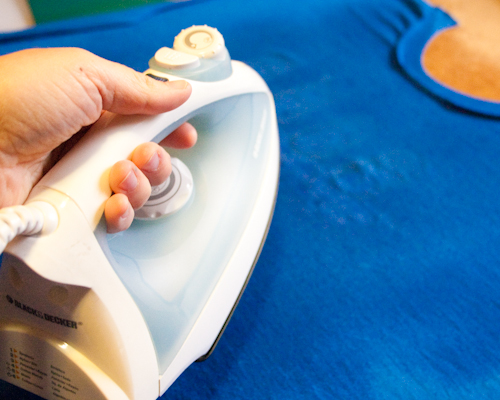
To use this laundry starch, pour it into an upcycled spray bottle. To lightly scent it, you may add some fresh herbs to the mix–I enjoy fresh lavendar or rosemary, when I have it.
The cornstarch will always settle to the bottom of the bottle when it’s resting, so shake the bottle when you’re ready to use it, then spray your fabric damp and iron dry.
To starch large swathes of fabric, prepare a large amount of this starch solution in a bucket or sink, then dip the fabric into it, ring it out, and iron it dry.
When your project is finished, launder it to remove the starch, and your T-shirt skirt will be perfect!

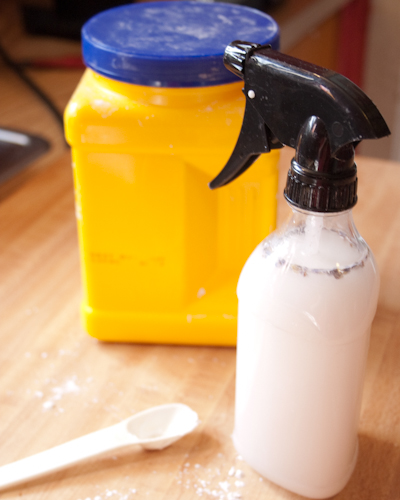
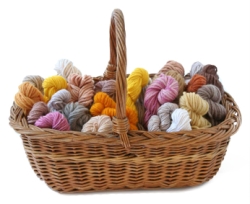
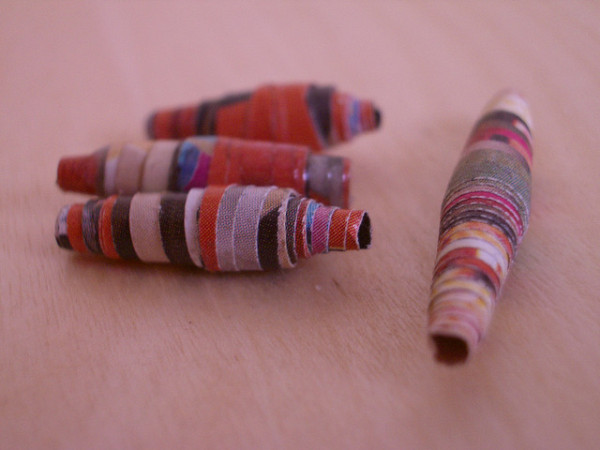
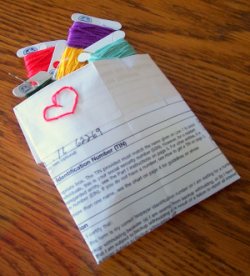


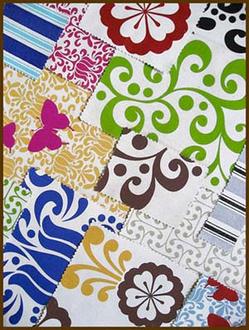
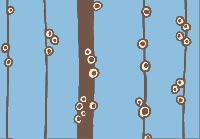
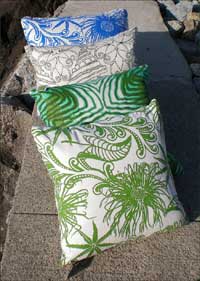
Thank you for this beautiful site. Can you recommend a preservative that can be added to starch made out of cassava pulp? Cassava starch, which is found mostly in Sub-Saharan Africa ferments faster than corn starch.
Acho (Nigeria)
I’ve tried essentially this same recipe, but found that it caused a brown build up on my iron. If I didn’t watch and clean the iron frequently, it would transfer brown streaks onto my fabric. Any suggestions of what I should do differently avoid this problem?
Maybe iron the starched fabrics over the baking paper or another fabric? But I think it would take longer time to get dry.
You may just need to clean your iron frequently. There are pros and cons to pretty much everything, and I’m so paranoid that I’d probably be asking myself, “What weird chemicals are in store-bought spray starch that keeps that build-up from happening?”. At least with elbow grease, you know what’s in it!
The brown buildup in your iron is caused by the uncooked starch, that is basically “cooked” by your iron. If you boil the starch this won’t happen. Good luck!
Hi – I’ve been using a similar recipe but I cook mine to ensure the cornstarch dissolves. To the person who asked about brown streaks. I have a sneaky suspicion that comes from burning the starch. I could be wrong but my experience has been that my starch always turns out a cloudy white color. But, one time, I let it boil too long on the stove (I forgot it was on there) and it turned out brown. For what it’s worth…
Thank you so much for this incredibly simple, yet very effective recipe! I just finished starching a few white shirts and it worked perfectly!!! I mixed 2tsp in one cup of distilled water and ironed with settings between medium and high, also no steam. There was no buildup at all on my iron and absolutely no brown streaks on the fabric. Hopefully it will keep being this good. I have a feeling that a slightly lower temperature and the absence of steam might give better results.
I wonder if using distilled water could also be important to avoiding the brown stains that some people mention?
Julie, I think the distilled water is much better for ironing in general because of the absence of minerals. It is possible that the starch and mineral in regular tap water bond and create brown stains more easily. My mom has always used distilled water in her many irons, which makes them work much better and last longer.
Brown streaks: I have had the same problem. I do quite well with having a moist cotton cloth at side (folded in layers), soaked with a vinegar-water-solution (appr. 50:50) and wrung out thoroughly. As soon as I have the feeling that the iron’s surface isn’t smooth and clean, I just go over the cloth with it. By the way, the vinegar solution cleans out the tank of my steam iron perfectly as well.
Good look,
Barbara
Can I use arrowroot starch, instead of cornstarch?
1. Here’s a few suggestions for preservation to try: a few drops of lemon juice. Or a small bit of borax (supermarket). Or alum (Asian supermarket). Others keep their solution/ spray in the refrigerator or make small batches to use for a few days.
2. Boiling helps dissolve the cornstarch better and sterilizes the solution to keep spoilage away longer.
3. Some people make starch from potatoes or rice. Recipes on the internet.
4. Until you get a better feel on the burning/ build up starch problem, keep a soaked vinegar-water rag nearby (as suggested by someone else) to swipe against the iron once in awhile.
thank you so much…i will never buy spray starch again!!!!!! i put the corn starch in a bottle of family dollar fabric refresher and not only u get starch but great smell on cloths
Pingback: 31 Household Products You’ll Never Have To Buy Again | Dorcreek BETA
What a great recipe ! It is cheap. Please if you don’t have distilled water, can I use bottled water?
Thanks
I don’t see why not. The only reason why you don’t want to use tap water is that the natural minerals in it might eventually stain your fabric.
Pingback: 31 Eco Friendly DIY Household Products | Hi Cydia
Ok, I will try corn starch to achieve better clothes ironing results.
However, that is one of the worst strangling jobs I’ve seen done on the English language. 🙁
Hey, Just wondering if you think this starch could work to harden watercolour paper? I’ve carved watercolour paper and the figures ive carved out are sagging …just trying to find an alternative solution to harden the paper…ive tried fabric stiffener, it leaves a gloss though which i dont really like…
Your advice would be soooooo helpful.
I don’t see why it wouldn’t work, but my advice is to test it, first. Maybe make a “beater” sculpture and use the spray starch on that, or try it on your least favorite sculpture, first.
I just tried this recipe with 3 tsp per cup of water. I soaked two yards of white linen in the solution and then wrung it out. As soon as I started ironing, brown spots formed all over my fabric. I stopped as soon as I saw them. The rest of the damp fabric left moisture on the ironing board cover, and when I wiped it down I noticed my cloth turned tan. I tested out ironing over the wiped down board with a white washcloth and the bottom of it turned brown. I had to wash my ironing board cover.
this has been covered before and the answers to the cause run the gamut from the starch being cooked onto the iron because of not boiling the mix to boiling it too long or even because tap water was used vs distilled. you may have to experiment between cooking it (boiling it for no longer than a minute) and using distilled water.
Hello I am looking for a liquid starch to stiffen newsprint. Any ideas? Thanks KT
I always love when people are willing to share information and tips. Thank you for being generous with your knowledge and expertise!!!
Pingback: 14 Eco-Friendly Products That Can Be Made at Home • Earth Unearthed
Just found this recipe and was eager to try it as I’m working with knit scraps that are curling on the edges. I made the strong 3 tsp starch to 1 cup distilled water raw mixture, soaked the fabric and ironed dry. Not only is the fabric not stiff, the edges are still rolling up, almost as badly as before. What am I missing?